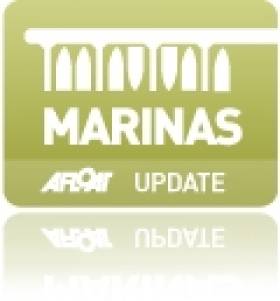Displaying items by tag: River Lee
Proposed 800 berth Cork Marina Would Rival Dun Laoghaire
The redevelopment of the 24-acre Marina Commercial Park in the heart of Cork city's docklands is expected to create 5,000 jobs once completed.
City manager Joe Gavin said: "This 24-acre site is at the heart of Cork's docklands and the announcement is a crucial step in realising Cork City Council's vision for the whole docklands area."
"It's a fantastic story in these bleak times and of course it would greatly add to boating in the south. It's also an example to the rest of the country of the opportunities that lie in city waterways", said David O'Brien of the Irish Marine Federation.
The proposed development features:* More than 800 apartments, providing homes for up to 2,230 people.
* A marina where they can park their boats.
* A range of community amenities.
* A visitor and science centre, the Ford Experience, which is expected to attract up to 300,000 visitors annually.
* A new central plaza to provide a hub for the community, including a creche and library.
























































